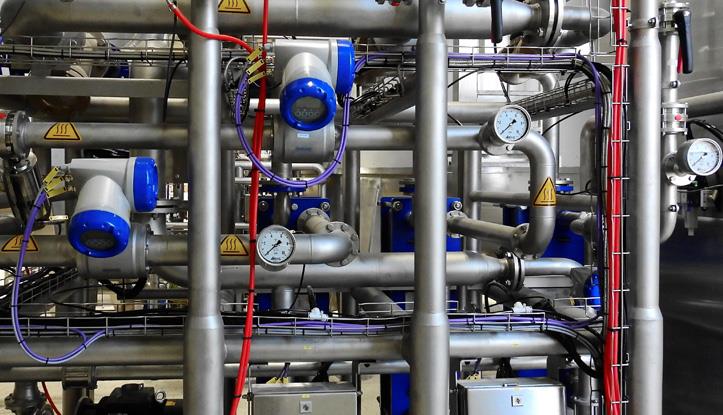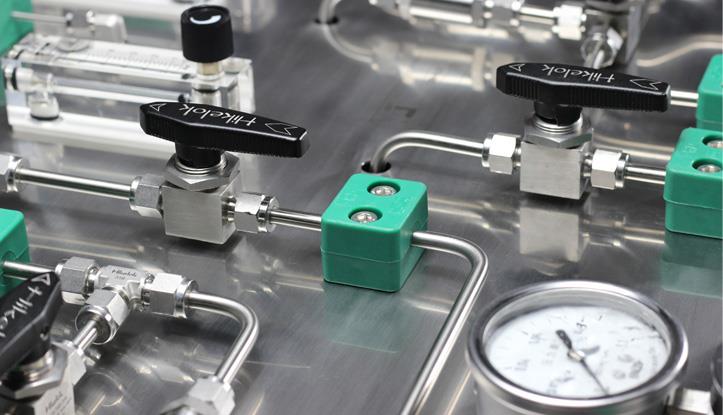
How To Convert Process Pipelines Into Instrument Pipelines? Hikelok Provides Users With Multiple Solutions.
Process pipeline: a pipeline used for conveying, distributing, mixing, separating, discharging, metering, controlling, and buffering fluid flow. Simply put, it refers to the main pipelines of oil, petrochemical, chemical and other plants, and the process pipelines are designed by process designers.
Instrument pipeline: Signal piping in contact with process fluids and temperature pressure conditions. Usually used for measuring temperature, pressure, and pressure difference in pipelines. Instrument pipelines are designed by instrument control or electrical designers.
So where is the boundary between instrument pipeline and process pipeline? How was it converted?
Usually, the process designer reserves a branch flange or a branch welding connection, and the remaining work is handed over to the instrument and control designer. Starting from this flange or welding connection, the instrument control designer is fully responsible.
Process pipelines are usually pipes, while instrument systems are usually tubes. How are these two completely different pipelines transformed and controlled? Hikelok provides you with multiple solutions.
1、 Flange & ferrule adapter
2、 Root valve
3、 Single flange block and bleed valve
Hikelok, a professional manufacturer of instrument valves and fittings.

Legal Disclaimer:
MENAFN provides the
information “as is” without warranty of any kind. We do not accept
any responsibility or liability for the accuracy, content, images,
videos, licenses, completeness, legality, or reliability of the information
contained in this article. If you have any complaints or copyright
issues related to this article, kindly contact the provider above.



















Comments
No comment